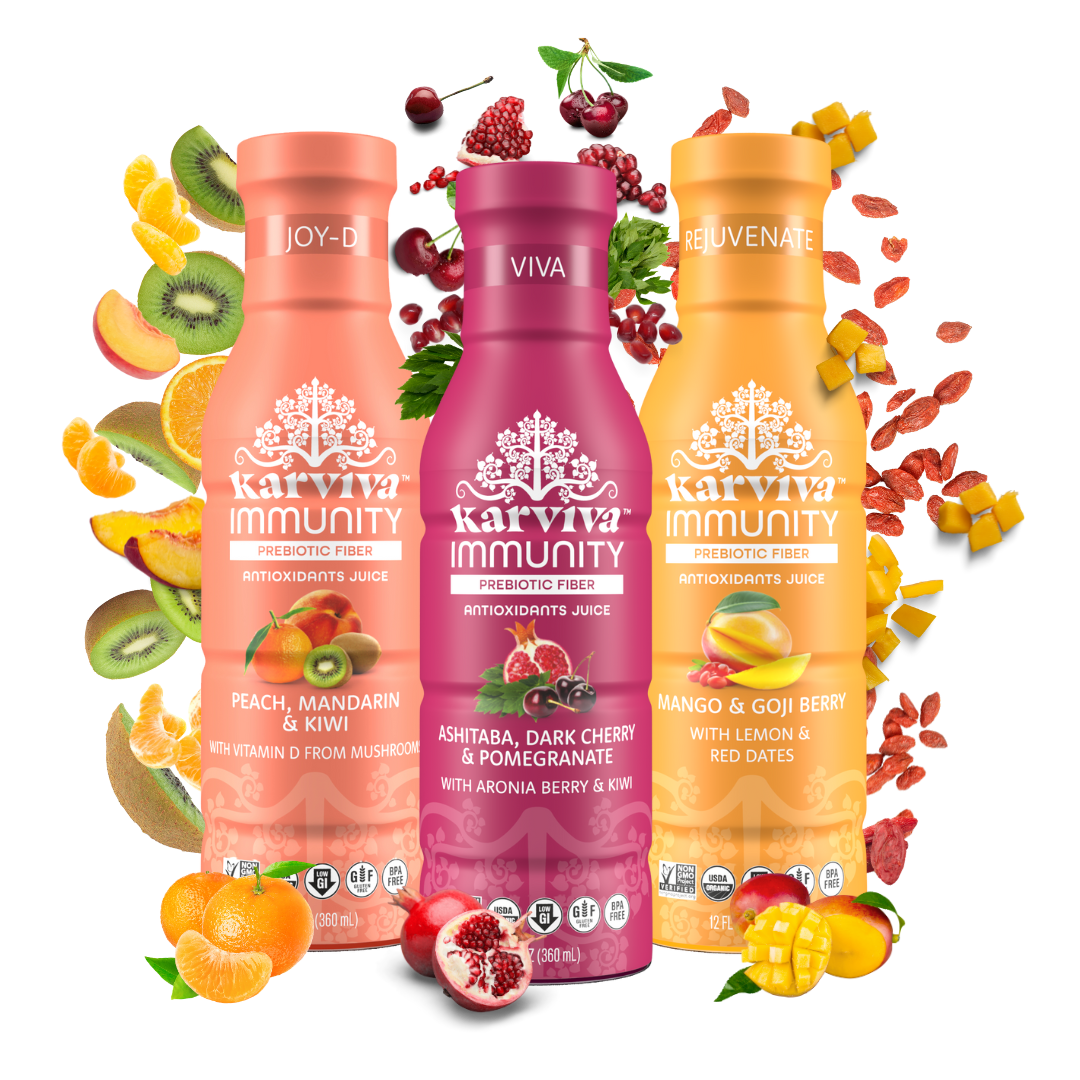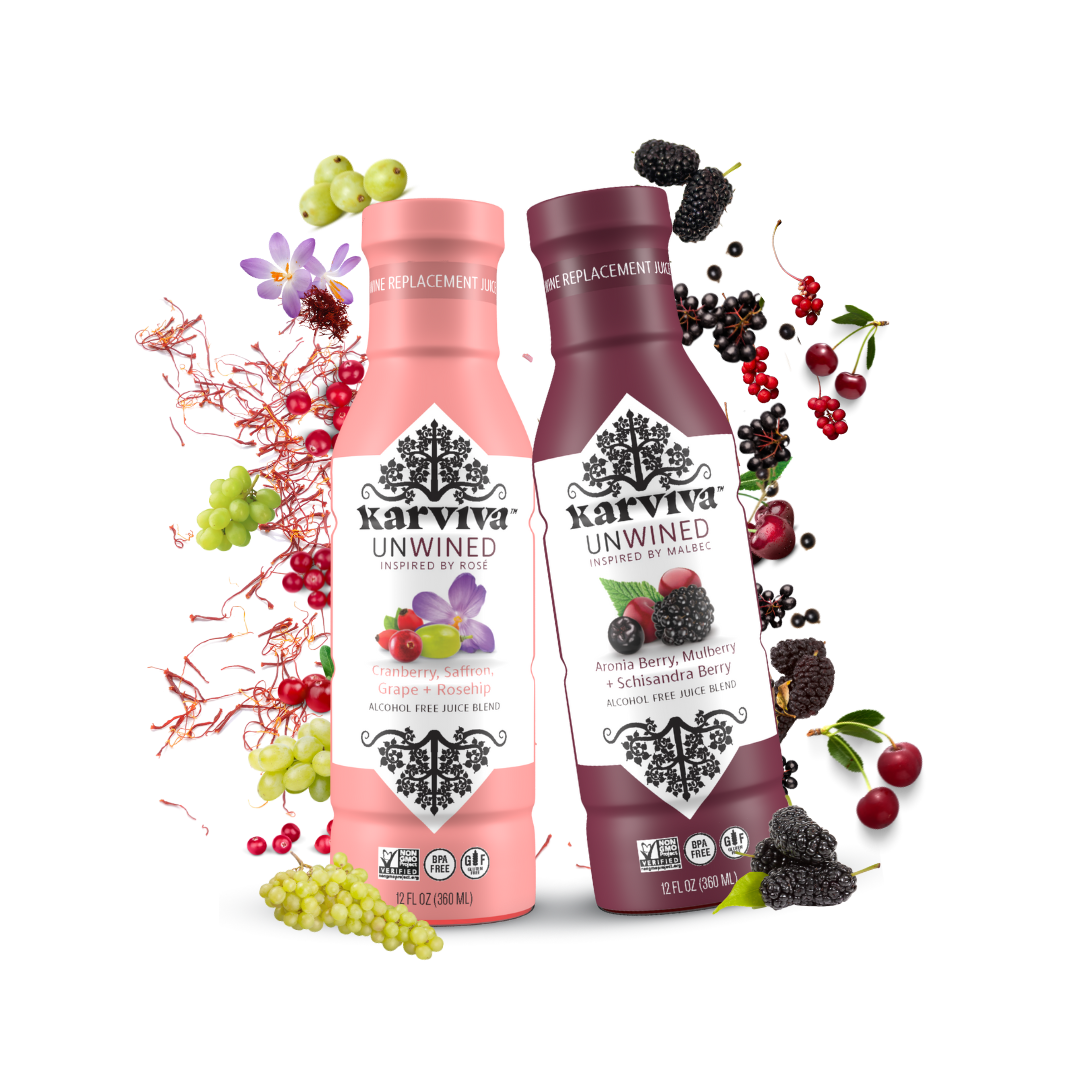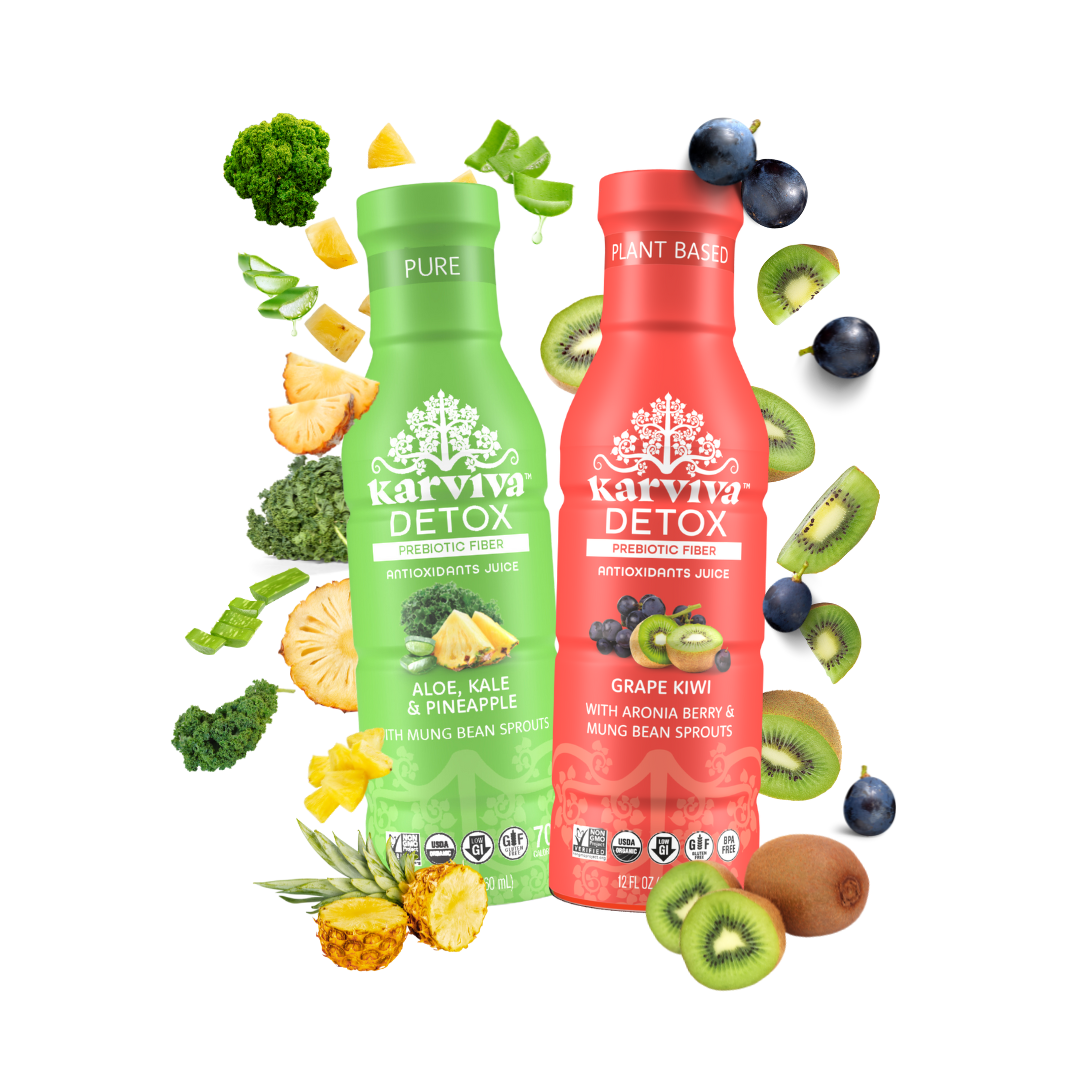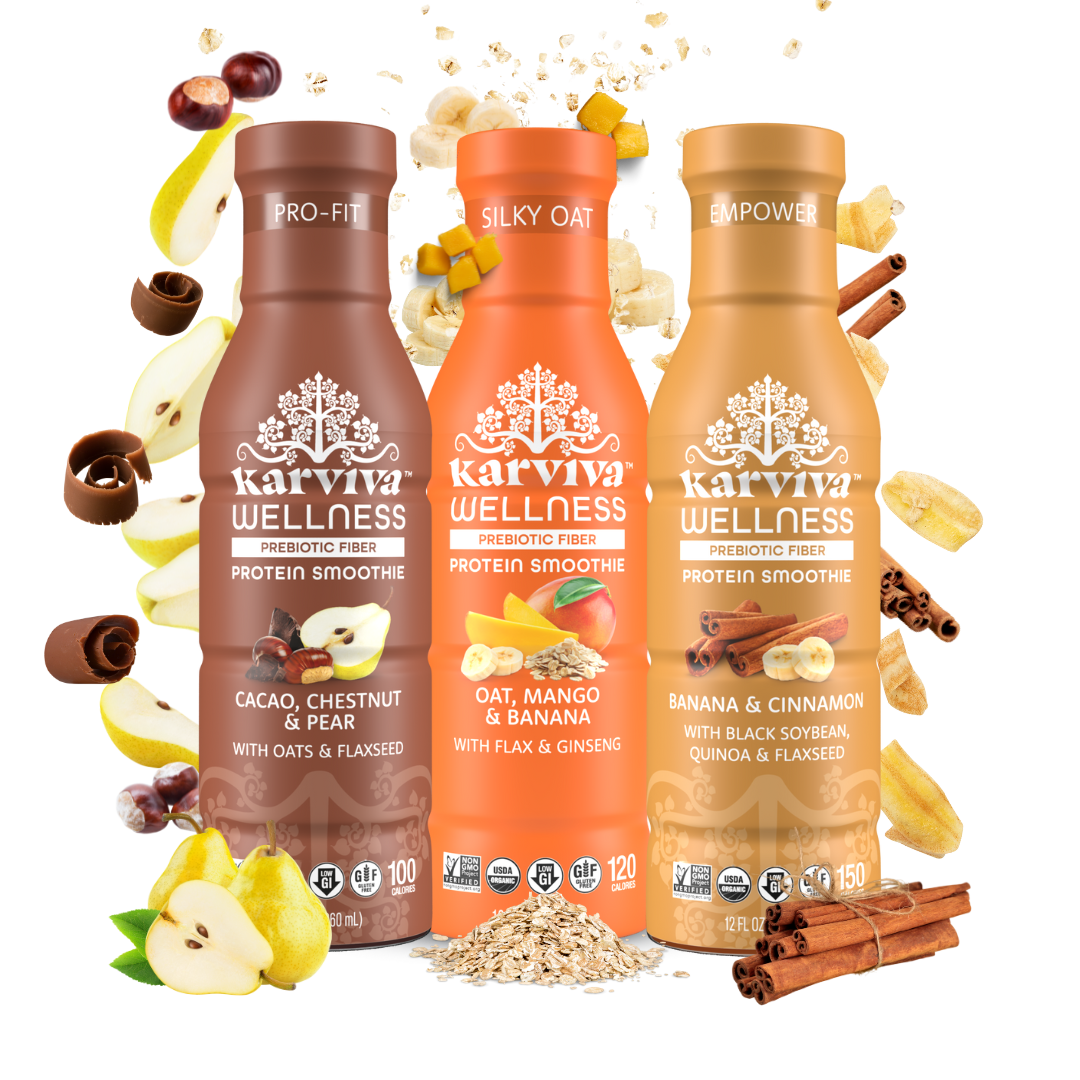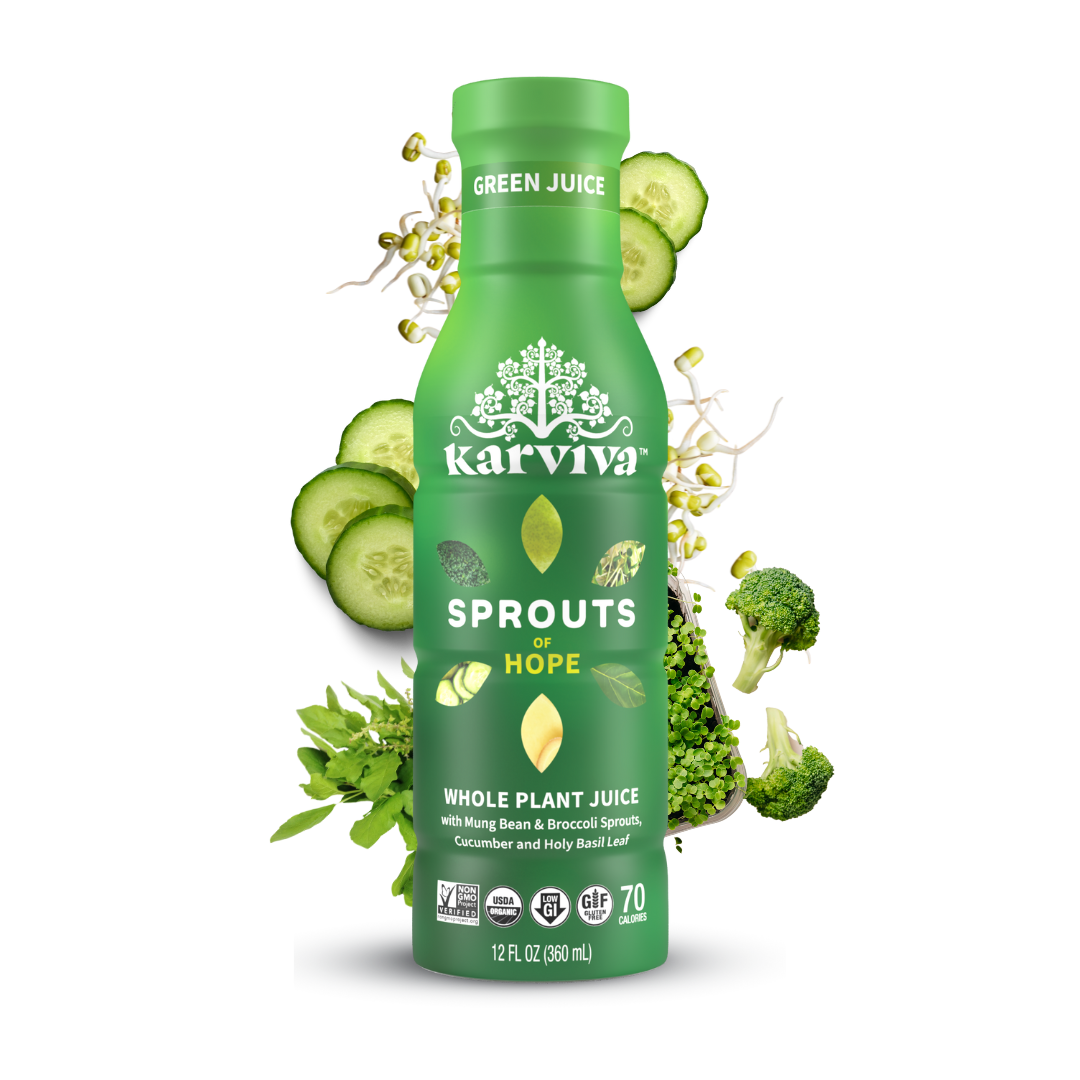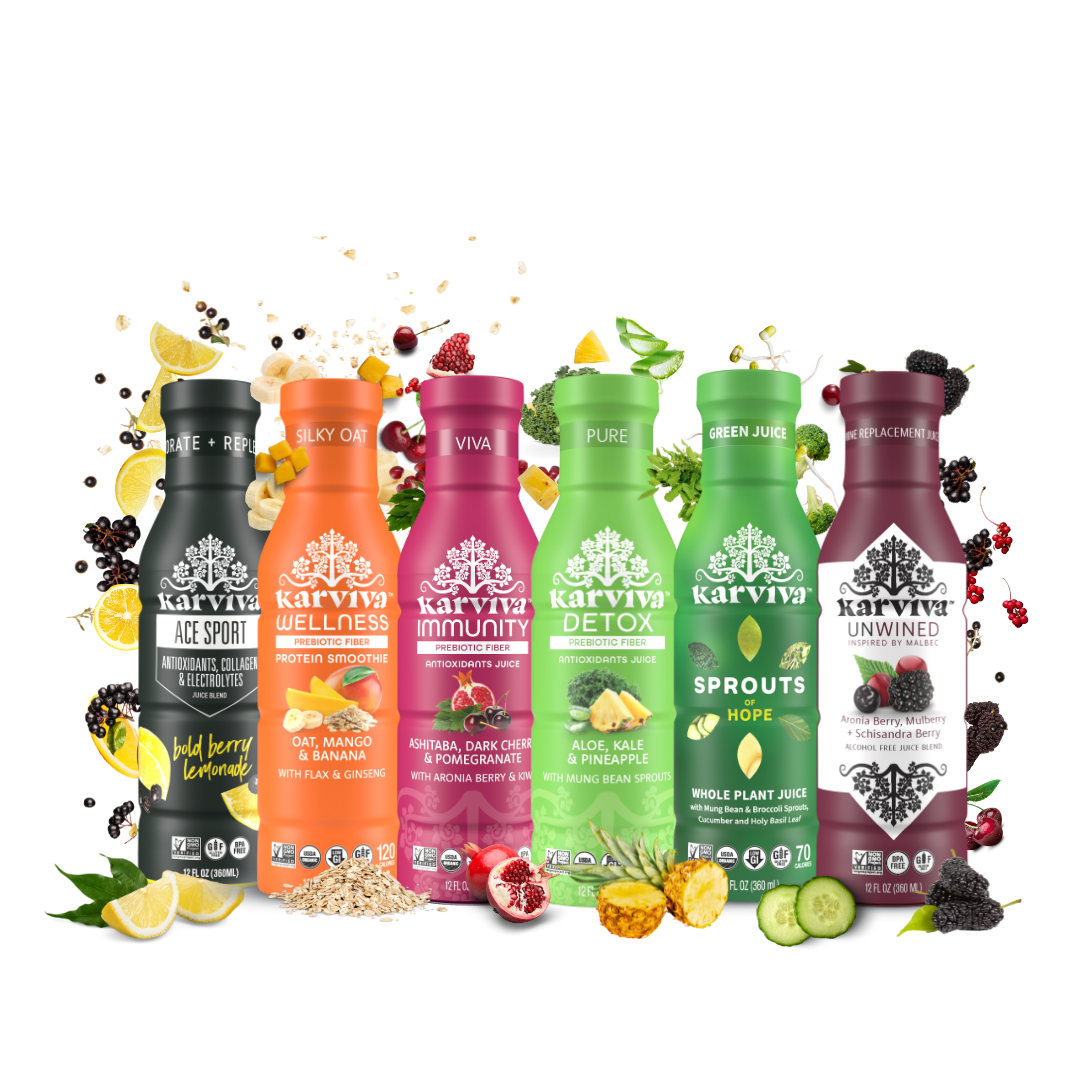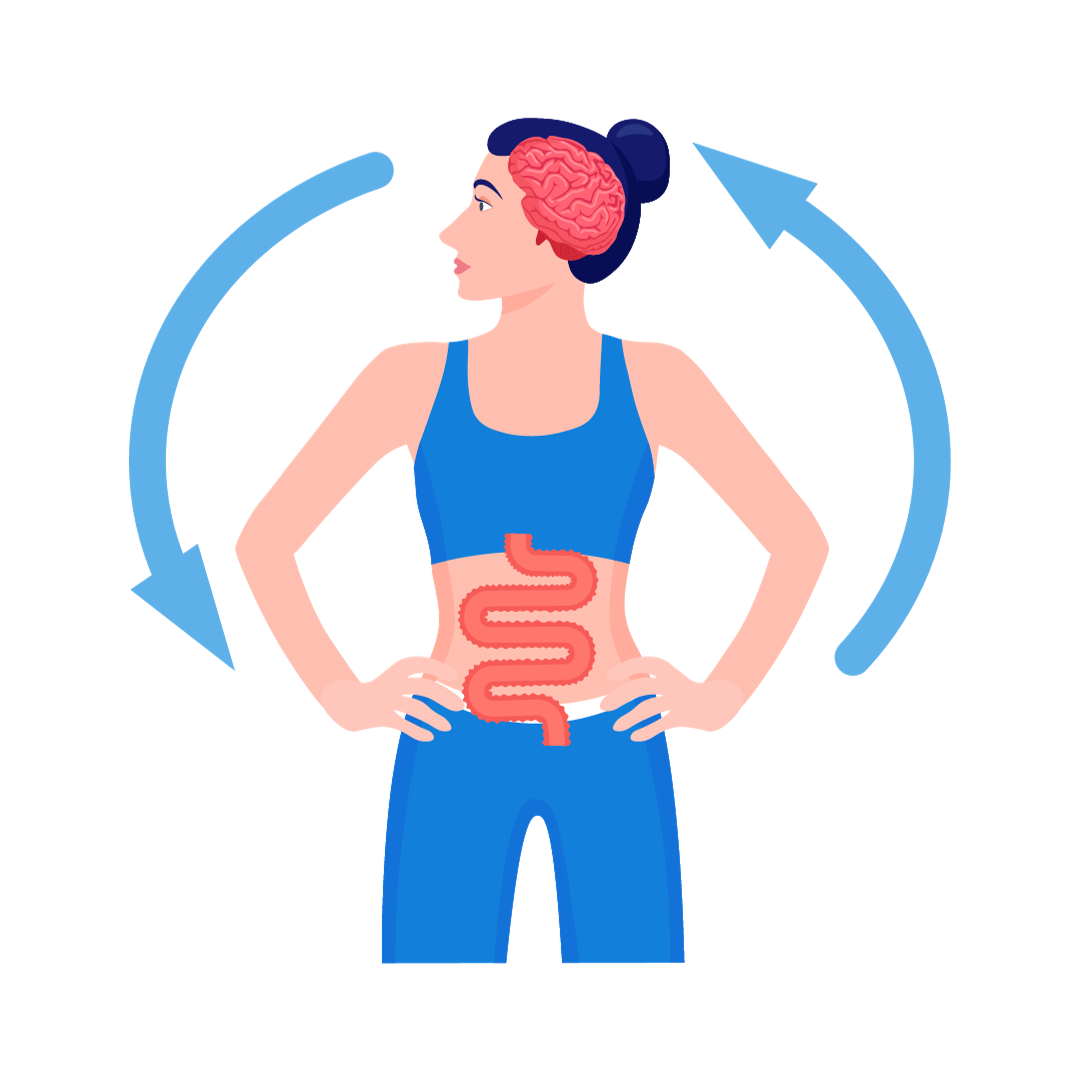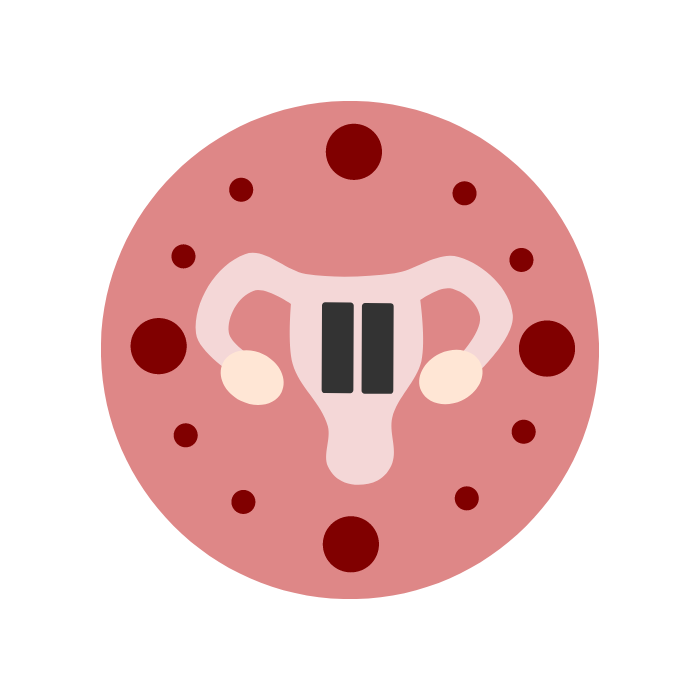
I’m sure we all have that moment- when you want to shave a few pounds and gain more energy. You realize that you’ve done everything you were told, exercise regularly, diet, sleep well, practice mindfulness, and you’re stumped for what else you can try.
Maybe you just have a slow metabolism? We all know metabolism is critical for how our body functions, but it sounds very scientific and hard to understand. You don’t really have to go through rigorous PhD training or carrying out thousands of experiments in a lab coat to understand it. In fact, here is a simplified description of how your metabolism works.
In a nut shell, metabolism is a complex process that is responsible for harvesting energy from the food you eat. Hours after you’ve finished off your meal, your digestion begins. Nutrients in your meal, for example, the Longan glazed Brussel sprouts (my new favorite creation) become precious fuel and building blocks required by your body.
What Exactly is Metabolism?
“It’s because of my metabolism.” How many friends and family members do you hear attribute (or blame) their slim figure (or weight problem) on metabolism? Let’s face it. Some people view and treat their metabolism as a curse while some regard it as a blessing. Which one are you?
Metabolism is basically an assembly of sequenced biochemical processes, which occurs in the cells of your body. It transforms the molecules of the food you eat into usable energy which enables you to do everything. Thinking, reading, writing, surfing the web and everything else that requires energy. Your metabolism is also powering the processes that happen when you are resting or sleeping. To maintain healthy and functioning cells, several simultaneous metabolic reactions take place.
In essence, your metabolism started way back when you were conceived (when you started life) and it stops when you die. It’s a constant process you can’t live without.
How The Complex Process of Metabolism Works
Don’t worry about the term complex, I’ll simplify it for you. Let’s say you’re drinking your favorite smoothie (I hope it is a Karviva Prebiotic Smoothie). Karviva Whole Plant Prebiotic Smoothie is filled with energy. After drinking it, your body’s next task is to break down the components, such as all that complex carbohydrates in your smoothie. Breaking down these carbs releases energy. Furthermore, the cells of your body use this energy to perform their functions.
When food reaches your digestive system, complex protein molecules called digestive enzymes break carbohydrates into sugars (example, glucose), fats into fatty acids and proteins into amino acids. By the way, natural protein and fats are also found in your smoothie. Both of these can also be utilized as secondary sources of energy when you need them. The fatty acids, amino acids and sugars are absorbed into your bloodstream and transported to your cells.
Inside your cells, more enzymes bond with these compounds and undergo various chemical reactions. These reactions happen to release energy for immediate or future use. Most of the energy is stored in your liver, skeletal muscles and body fat.
It Is A Busy Two-way Street For Your Metabolism
There are two simultaneous activities going in opposite directions during the process of metabolism. One intends to build and store energy, while the other one intends to release energy for fuel. The first one is known as anabolism, and the second one is called catabolism.
1. Anabolism
Anabolism is the metabolic process of building. It’s like a bodybuilder adding more muscle to his physique. The small compounds are assembled into larger and more complex molecules (fat, protein and carbohydrate). This is done to provide building blocks for growth of new cells, to maintain existing cells and to save up energy for future use. Through anabolism, the bodybuilders muscles grow.
2. Catabolism
When the same bodybuilder goes to the gym to lift weights, catabolism happens. Catabolism provides the energy needed to lift those heavy weights. Inside the cells (the muscle cells in this case), energy is provided from the breakdown of large molecules (carbohydrates, fats and lastly, proteins). Waste products are also produced when catabolism happens. Your intestines, kidneys, lungs and skin take care of these for you.
Metabolism and Its Little Helpers
Just like Santa Claus and his little helpers (the elves), your metabolism also gets support and direction from little helpers called hormones. Your endocrine system is responsible for the production of your hormones. Most of them are involved in the speeding up (rate) and directing (break down or assemblage) of your metabolism. Examples of these hormones include thyroxine and insulin which are secreted by the thyroid gland and pancreas respectively. Recent studies have identified certain factors, which affect the production and release of these hormones. Results obtained from these studies will certainly have an impact on how we view and understand metabolism. Stay tuned!
Your BMR
BMR stands for basal metabolic rate. It’s a measure of how fast your body utilizes (burns) energy while you’re resting. If you have a high BMR you burn more calories, while if you have a low BMR you burn less calories. There are many variables which can influence metabolism including height, weight, gender, age and lean muscle mass.
The following are principal factors which influence your BMR:
- Genetics. Look at your parents. How’s their metabolism?
- Diseases. Your body’s ability to metabolize molecules can be affected by some chronic diseases like diabetes, and heart problems.
- Body composition. If you have more muscles, you burn more calories and store less fat.
- Food and supplements. There are some foods and supplements which can rev up your metabolism.
- Thyroid function. If your thyroid is underactive, your BMR is slower because the thyroid gland releases hormones which help to regulate your metabolism.
Master Your Metabolism
While you can’t completely change your metabolism, there are some things you can do to influence it including dietary changes, correcting nutritional deficiencies, exercise (especially resistance training and high intensity interval training) and ensuring that your hormonal system is functioning optimally. There are also certain foods which can help support metabolism, for example, food rich in prebiotic fibers which I will discuss more in my next article. Understanding and mastering your metabolism will help you to feel good and maintain optimal health.


